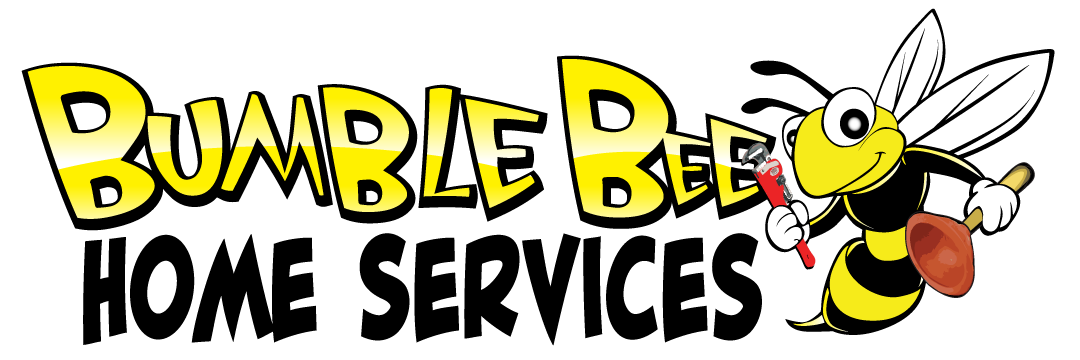Have you noticed tiny, moth-like flies hanging around your sinks, showers, or bathtub? As it turns out, these bugs aren’t regular moths, nor are they your typical fruit flies. These pests are drain flies — insects that can live up to three weeks and reproduce every 48 hours. If left unchecked, they can turn a routine plumbing issue into a full-blown problem requiring a 24-hour service to handle the job.
“Drain flies,” also known as moth flies, sink flies, sewer flies, or filter flies, tend to gather around standing water and multiply quickly if they aren’t dealt with. This common breeding site can lead to an infestation that continues to affect your home’s drains.
So, what causes drain flies? We’ll answer this question below, along with some helpful tips on how to get rid of drain flies for good.
What Do Drain Flies Look Like?
Knowing how to spot a drain fly is crucial to getting rid of them at the source. These bugs often appear gray, black, or taupe and only measure up to one-eighth of an inch in size. They have moth-like wings and round, fuzzy bodies that give them a distinctive look. Other defining features include tufts of fur and feather-like antennae on their heads.
What Causes Drain Flies?
When discussing what causes drain flies, stagnant water tops the list. Drain flies have a passion for moisture and humidity. These bugs thrive in humid environments and live in drains contaminated with sewage. You’ll probably find drain flies in your kitchen sink, sewer, or septic tank. They consume organic material found in stagnant water, including sewage and bacteria.
Since drain flies find their food near these drains, these are the locations where they also lay eggs and multiply exponentially.
Where Do Drain Flies Come From?
These pests only require a little leeway before they can take over an area and begin breeding. Drain flies are always looking for pools of sitting water and organic material. Because drain flies love to congregate in low places with stagnant water and sewage, they are often found near:
- Kitchen and basement sinks
- Shower and tub drains
- Sewers and septic tanks
- Wet mops
- Storm drains
How Do I Know If I Have Drain Flies?
Now you know what causes drain flies, but how do you know if you’re dealing with a drain fly infestation? You can check for larvae and use the duct tape test.
Your drain is likely a breeding ground for drain flies. You can check for larvae by removing the drain cover and cleaning off some of the grime. If this is where the drain flies are breeding, you’ll be able to find tube-like larvae on the drain cover.
To use the duct tape test, seal off the top of your drain with a piece of duct tape and leave it there overnight. The flies will get stuck on the tape as they try to fly to the surface. You should repeat this test a few nights in a row to understand the scope of the infestation.
How To Get Rid of Drain Flies?
Drain flies can become a persistent nuisance if you don’t tackle the problem quickly. However, before you panic and call one of our emergency plumbers in Surprise, AZ, and the surrounding areas, you do have some DIY options available that can potentially help. Routine cleaning and preventing any stagnant water buildup are the keys to ridding your home of these pests.
Tip #1 — Use a Pipe Brush
This requires a pipe brush and some muscle. Brushing the pipe with a pipe brush dislodges eggs and larvae from the pipe. To make sure all larvae are gone, pour boiling water down the pipe and clean the pipe brush.
Tip #2 — Boiling Water
If the pipe brush doesn’t appeal to your sensibilities, try using boiling water to clear out the drain flies from your home. Pour a pot of boiling water down the drain 1-2 times a day for an entire week. This flushes out the organic material buildup inside the drain that becomes fertile ground for drain fly development.
Tip #3 — Baking Soda, Water, and Salt
Finding an effective combination of chemicals that can kill drain fly larvae before they can hatch from household materials proves easier than you may have expected. Try combining a cup of baking soda, a cup of salt, and water, then pour them down the drain. After letting the mixture sit overnight, flush the pipe with boiling water. The blend coupled with boiling water should completely flush the larvae from your system while removing any potential eggs from hard-to-reach areas.
Tip #4 — Traps
If you’re dealing with an active infestation instead of an unhatched nest, you have options to trap these pests and remove them. Mixing sugar, warm water, dish soap, and a cup of white vinegar creates a strong drain fly trap. Combine these items in a dish; the bugs will fly to the mixture and get stuck, making them much easier to dispose of.
Tip #5 — Apple Cider Vinegar
Sometimes you don’t need a combination of materials to create an effective trap for drain flies — you only need a common cooking liquid. Apple cider vinegar can be found in most kitchens and has proven an effective trap for pesky drain flies.
First, pour the apple cider vinegar into a dish and cover it in plastic wrap. Poking small holes in the wrap ensures these bugs get stuck inside. The sweet aroma of the vinegar will attract flies in droves to your trap.
Tip #6 — Drain Cleaner
The best way to prevent drain flies from returning is to clear out all potential residues that could create an environment where they can breed. You can use certain drain cleaners to clear out your drains and eliminate the threat they return. Clear out residue with gentle enzyme drain cleaners and check to ensure these products can be used repeatedly. Avoid harsh chemical cleaners as those can destroy your drains even after a few uses!
Tip #7 — Call a Professional
Sometimes the DIY route doesn’t give you the results you’re looking for. If drain flies remain a problem in your home, calling professionals can provide you with the help you need. Pest control and professional exterminators know how to handle a drain fly problem and keep them from reproducing.
Call on Bumble Bee Home Services for Your Next Drain Fly Infestation
Drain flies are a common annoyance if you don’t take a proactive approach to deal with these pests. With stagnant water in your pipes leading to a potential infestation, you need to know who to turn to prevent the colony from reproducing. Bumble Bee Home Services can be the helpful resource you need.
If you think your drain might be blocked and causing stagnant water to form, reach out to a plumbing service for help. For drain cleaning or other plumbing services, call Bumble Bee Home Services to speak with a plumber in Glendale, AZ.


